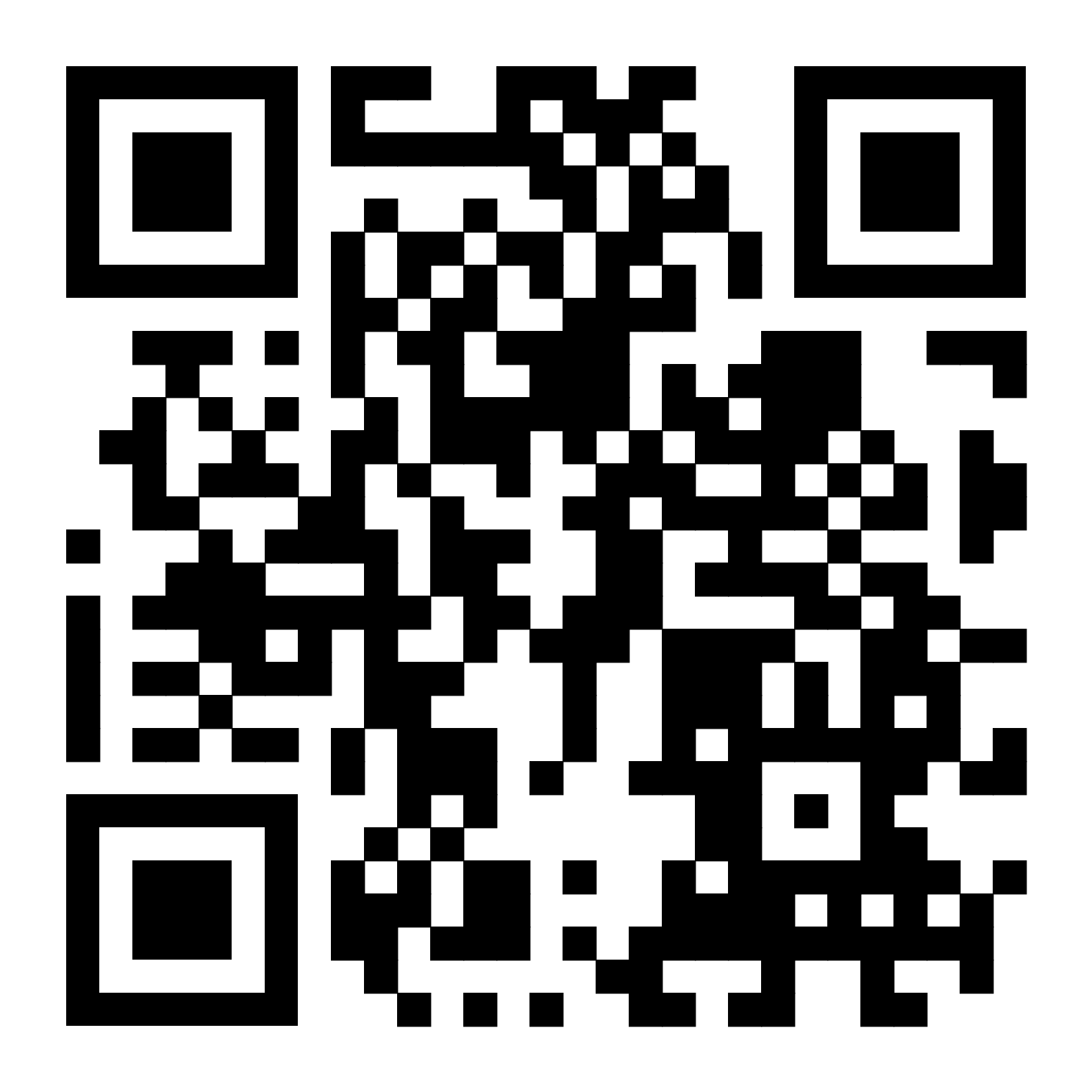Blockchain is a technology that allows data to be stored as a coherent chain of blocks linked cryptographically to each other. This makes the system transparent, secure and resistant to various cyber-attacks. The blockchain principle is the basis for cryptocurrencies, smart contracts and decentralized applications (dApps).
How is blockchain structured?
A blockchain is a chain of so-called blocks, in which each block contains:
- Hash of the previous block
- Transaction records
- Time stamp
- Unique identifier
The blocks are connected into a single system, and any change in one of them requires recalculation of the entire chain, which is practically impossible. At the same time, network nodes store and synchronize data, maintaining the integrity of the system.
Types of blocks
- Genesis block: The first block in the chain. It has no reference to the previous block and usually contains the initial conditions of the network.
- Normal blocks: All subsequent blocks containing transaction information.
Transaction processing process
1. Creating a transaction – the user sends cryptocurrency or other information.
2. Validation – the network verifies the correctness of the transaction by verifying the availability of funds and the authenticity of the signature.
3. Add to block – confirmed transactions are merged into a new block.
4. Mining (or staking) – nodes “compete” with each other for the right to add a block using a consensus mechanism.
5. Writing to the blockchain – a new block is added and all nodes update their copy.
Consensus algorithms: how does the network make decisions?
Since blockchain is decentralized, it is important that nodes in the network agree on changes. There are various consensus mechanisms for this purpose:
- Proof of Work (PoW) is the very first consensus mechanism originally used in Bitcoin. It requires performing complex calculations on specialized hardware (mining).
- Proof of Stake (PoS) – nodes are selected to create a block based on their share (stake) in the system (the most popular mechanism currently, used, for example, on Ethereum).
- Other algorithms are DPoS, PoA, and others, depending on the specifics of the network.
Proof of Work requires significant computing power, while Proof of Stake makes the system energy efficient but requires the cryptocurrency to be pledged to the validator.
Security and cryptography in blockchain
Cryptography is a key element of the blockchain that ensures its reliability.
- Hashing – each transaction and block has a unique cryptographic hash to prevent tampering.
- Digital signatures – confirm authorship and prevent double-spending.
Anonymous blockchains (e.g., Monero) use additional mechanisms to hide transaction data.
Benefits of blockchain
- Decentralization – isn’t directly managed by a single entity.
- Security – resistance to hacking and data tampering.
- Transparency – transactions can be verified in public registries.
- Automation – support for smart contracts that fulfill conditions without intermediaries.
Why understanding blockchain is essential in today’s world
Blockchain is not just a technology, it is an entire philosophy of decentralized information storage. It is already being actively used in finance, logistics, management, and other industries. As blockchain evolves, new uses are emerging, and knowing how it works will help you better prepare for the digital future.





